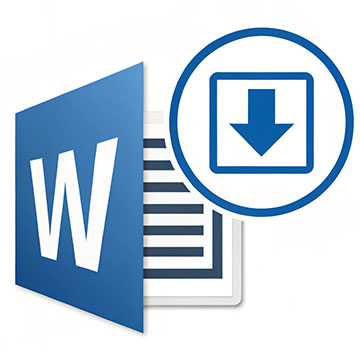Unlocking Potential: Assessing Motivation, Learning Strategies, and Cognitive Load in Flipped Learning during Online Teaching in Higher Education
DOI:
https://doi.org/10.46328/ijemst.4219Keywords:
Flipped learning, Motivation, Learning strategies, Satisfaction, Cognitive loadAbstract
Flipped learning has become the focus in many educational contexts especially with the integration of technological tools in learning space for the last decade. In flipped learning, learners perform surface learning at home, whereas deep learning such as problem-solving, critical thinking exercises etc. is covered in the classroom which potentially increases motivation and satisfaction of learners. Cognitive load, the assumed load of the working memory caused by the processing of tasks, has also attracted attention in online learning settings which pose different processing demands. This study took place in the extraordinary settings of education during the Covid-19 pandemic which required online education for all education levels. A fourth-year course of an ELT program was delivered through a flipped learning approach during online education. Learners’ motivation, use of learning strategies, satisfaction and cognitive load levels were calculated at the end of the intervention and their perceptions regarding the experience were investigated through an open-ended questionnaire. The results showed that their motivation and satisfaction levels were quite high as well as their strategy uses whereas cognitive load levels were comparatively low. Inferential statistics showed that relationships exist between and among the motivation, learning strategies and cognitive load at various levels. Motivation emerged to be a significant predictor of course satisfaction whereas time spent for the flipped lectures predicted course achievement. Learners’ perceptions of flipped learning process were generally positive while they also articulated some drawbacks of it like instructional tools-related and individual learner-related problems.Downloads
Published
Issue
Section
License
Articles may be used for research, teaching, and private study purposes. Authors alone are responsible for the contents of their articles. The journal owns the copyright of the articles. The publisher shall not be liable for any loss, actions, claims, proceedings, demand, or costs or damages whatsoever or howsoever caused arising directly or indirectly in connection with or arising out of the use of the research material.
The author(s) of a manuscript agree that if the manuscript is accepted for publication in the journal, the published article will be copyrighted using a Creative Commons “Attribution 4.0 International” license. This license allows others to freely copy, distribute, and display the copyrighted work, and derivative works based upon it, under certain specified conditions.
Authors are responsible for obtaining written permission to include any images or artwork for which they do not hold copyright in their articles, or to adapt any such images or artwork for inclusion in their articles. The copyright holder must be made explicitly aware that the image(s) or artwork will be made freely available online as part of the article under a Creative Commons “Attribution 4.0 International” license.
This work is licensed under a Creative Commons Attribution-NonCommercial-ShareAlike 4.0 International License.




